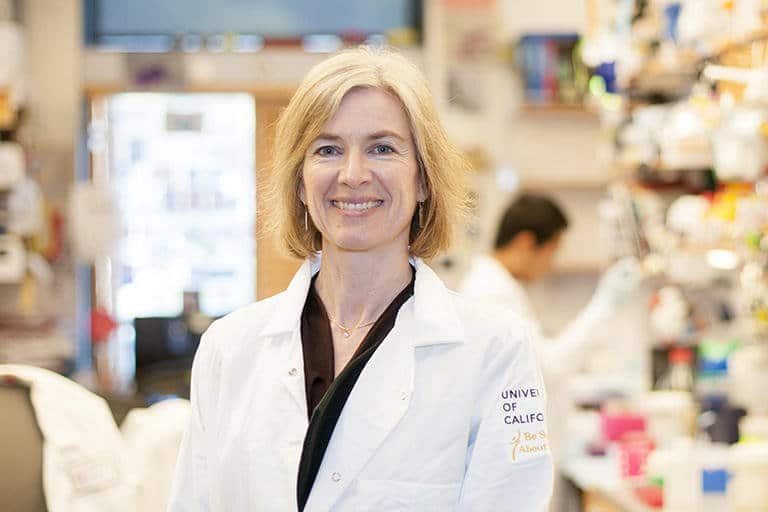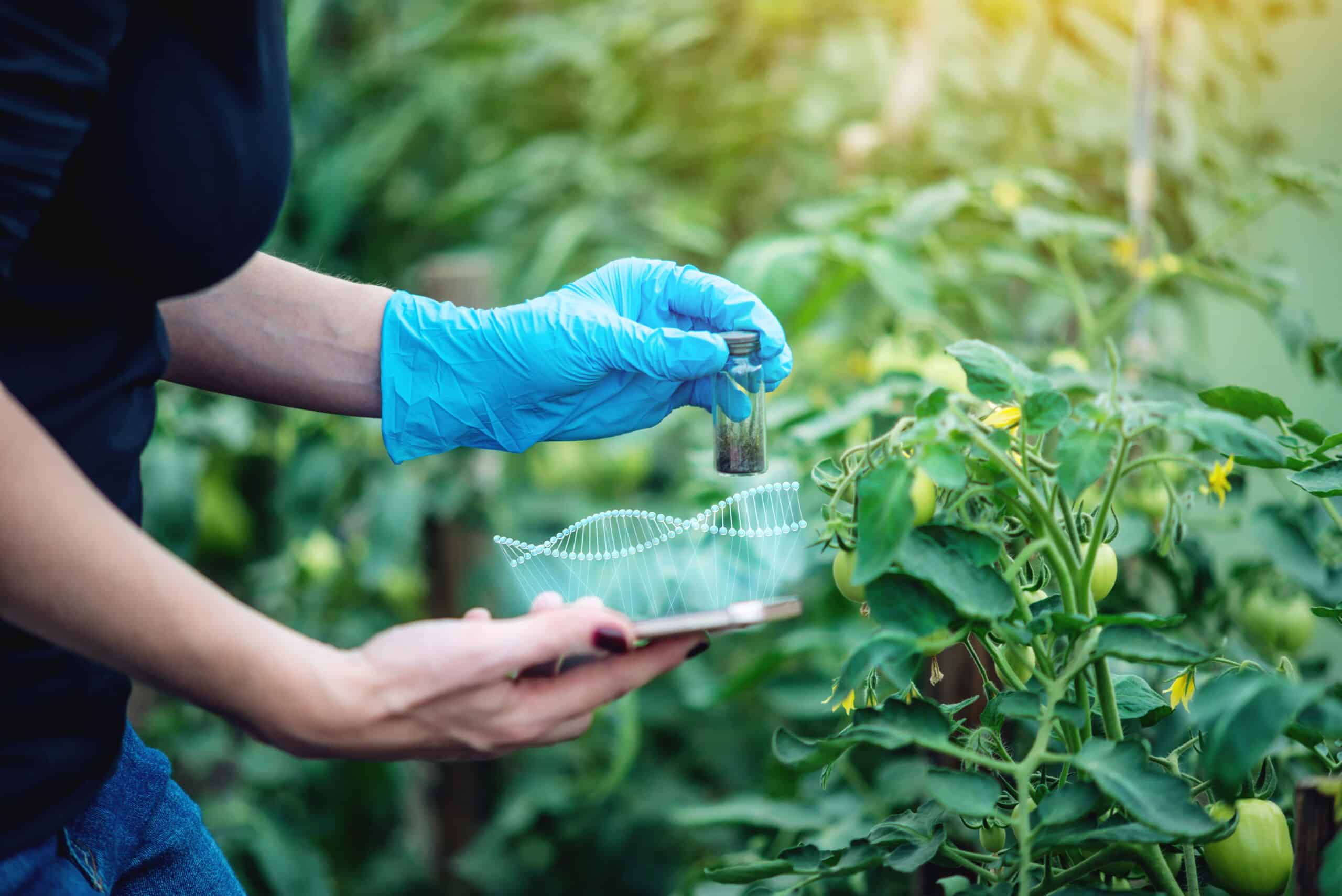Jennifer Doudna, co-inventor of CRISPR it is said certain that the first mainstream applications of this modality of genetic modification will not concern the treatment of diseases or the choice of the eyes of a child, but will be on our table.
“I think in the next 5 years the biggest impact of CRISPR in everyday life will be in agriculture,” Doudna says in an interview with Business Insider magazine, “and CRISPR-enhanced crops have the potential to eliminate both hunger and obesity ”.
Don't call it a GMO
Let's clarify one point straight away: genetically edited crops are definitely different things from the much criticized GMOs: it is one thing to genetically modify a food (mixing and putting together genes from different organisms), another thing to "edit" it by producing changes in its own genome.
On the other hand, the difference also translates into a different regulatory approach: genetically edited fields are not subject to any of the restrictions set for GMOs.

CRISPR, many opportunities
There are several examples of research that has successfully exploited the CRISPR method to benefit crops: tomato plants have been "edited" to improve their yield, mushrooms have been edited to reduce oxidation, even a soybean plant has been edited to obtain a reduced content of unsaturated fats. CRISPR can give us healthier and longer-lasting foods than the current ones, and if its "creator's" predictions are right we will soon see these super foods on the table.
The interview: We'll be eating the first Crispr'd foods within 5 years, according to a geneticist who helped invent the blockbuster gene-editing tool [Business Insider]


